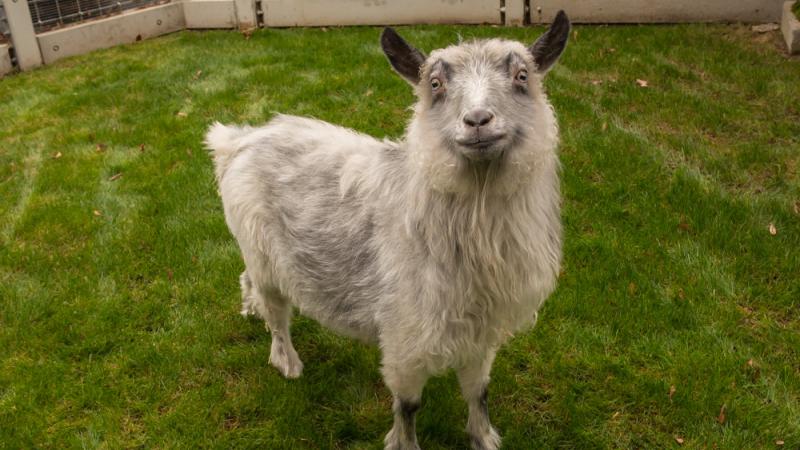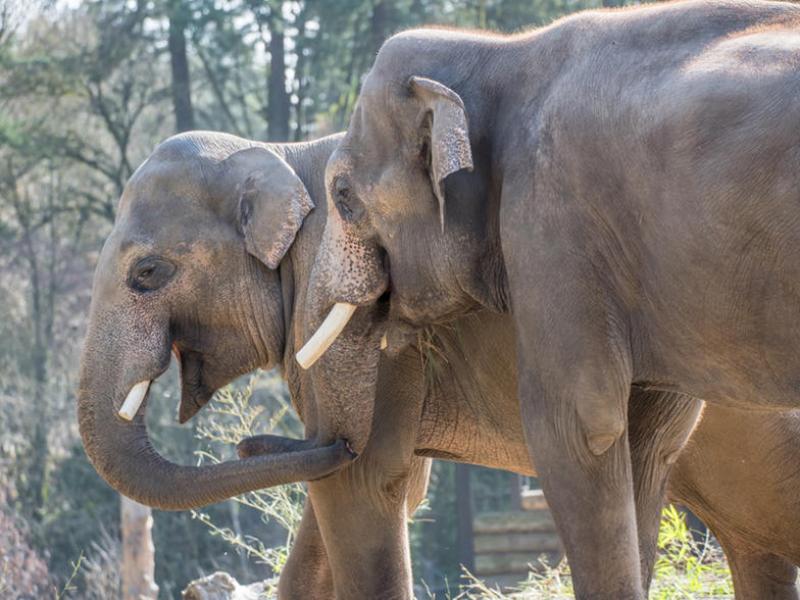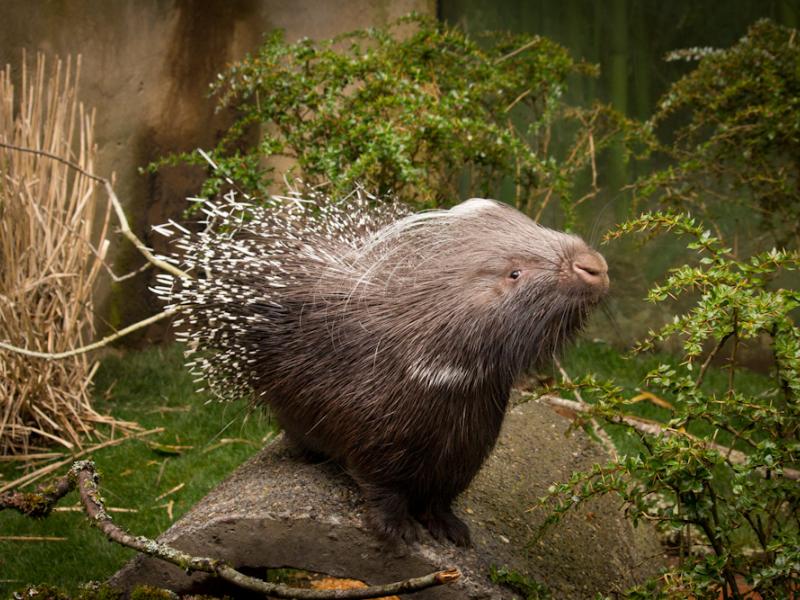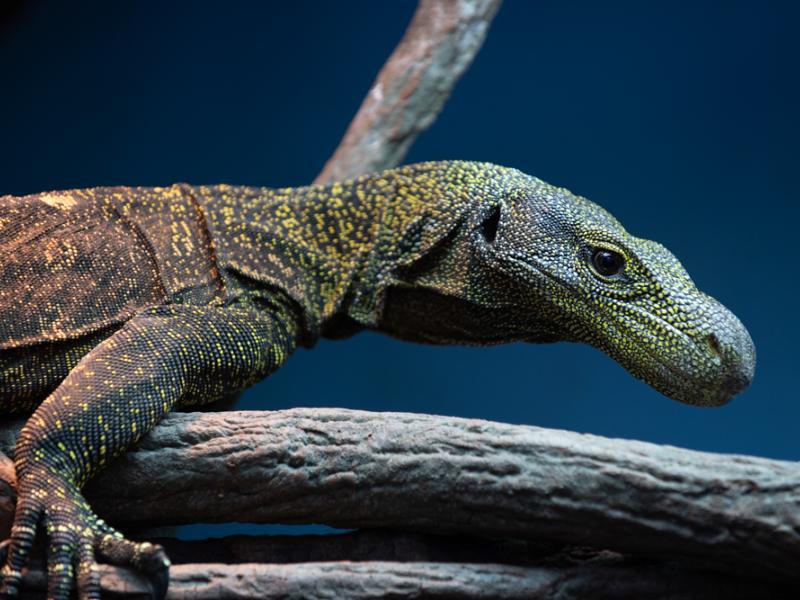
Pygora goats are a medium breed of domestic goat. They were initially bred in Oregon City, Ore., in the 1980s by crossing an angora goat with a pygmy goat in order to produce a goat with fine fiber for hand spinning. Goats, originally native to Southwest Asia, were domesticated 8,500 years ago for meat, milk and fiber and are now found all over the planet.
Pygora goat behavior and facts
- Pygoras are friendly, alert, curious and easy to handle. They have the docile nature of angora goats with the spunk and playfulness of pygmy goats.
- They produce three kinds of fleece. Type A fleece produces fiber like kid mohair, and type B produces fiber that's a blend of mohair and cashmere; both are harvested by shearing. Type C produces cashmere fleece that is harvested by brushing.
Goat lingo
- bucks: males
- does: females
- kids: babies
From birth to death
- Gestation: 145 to 150 days
- They pygora goat gives birth to one or four kids; usually twins. Each weighs about five pounds at birth, but can stand and nurse within minutes. They can run and jump within four hours of birth.
- Kids are weaned at 12 weeks
- Maturity is reached at 8 to 12 months.
- Goats live 12 to 15 years.
Vital statistics
- Goat height is measured at the withers (the highest point on the goat's back, between the shoulder blades).
- Males: 75 to 95 pounds, and at least 23 inches tall
- Females: 65 to 75 pounds and at least 18 inches tall
Status
Goats are not endangered or threatened.
Pygora goats, the Oregon Zoo and you
The zoo's pygora goats are part of its Youth Volunteer program. At the zoo they live in the Trillium Creek Family Farm where they love to interact with visitors. Volunteers care for the goats by cleaning their pens and feeding them. They also train the pygoras on different behaviors such as targeting to a certain spot, jumping on and off our platforms and even laying down on command! They eat hay and browse plant cuttings provided by the gardening staff. A staple part of their diet is a mineral lick and fresh water.




